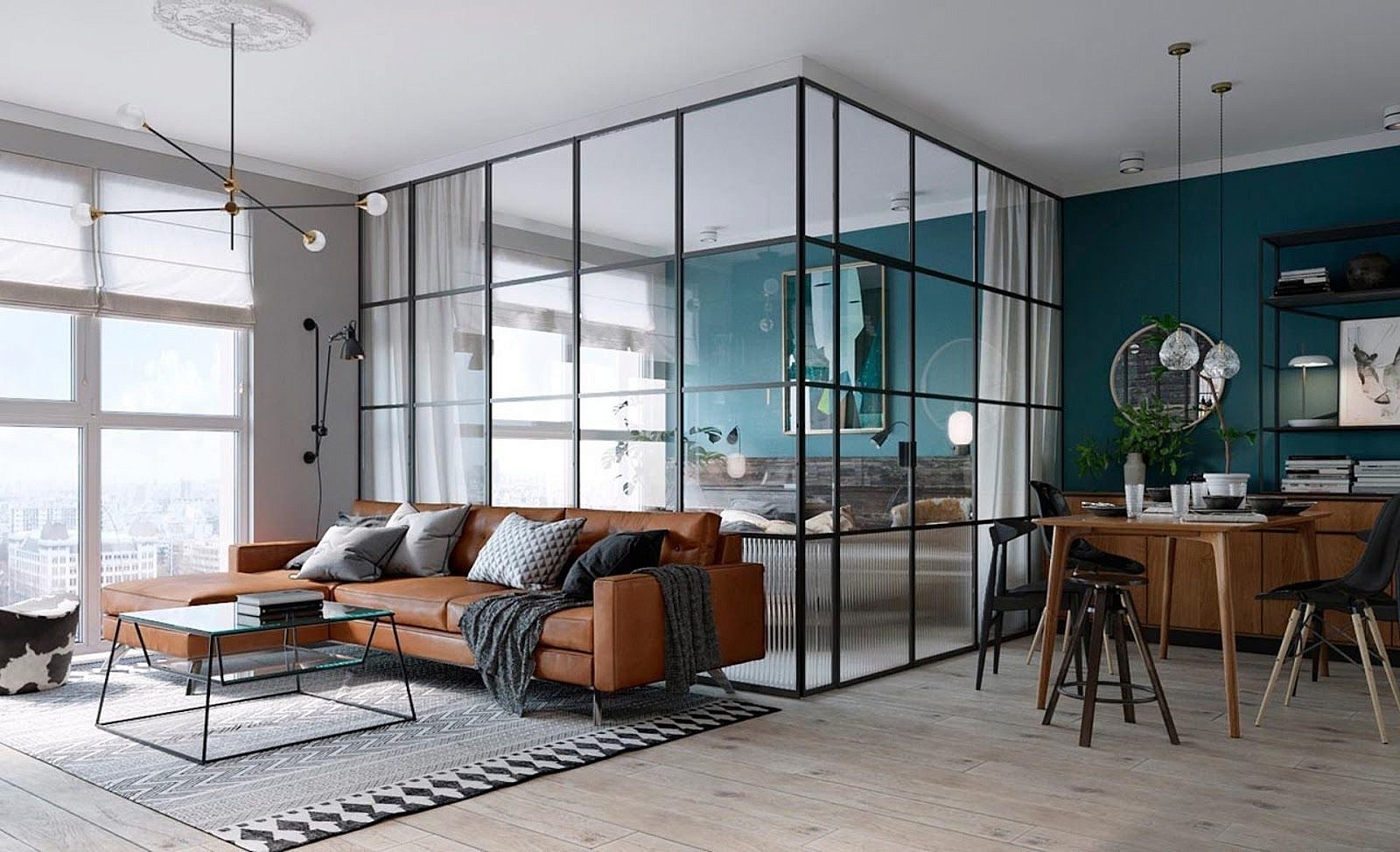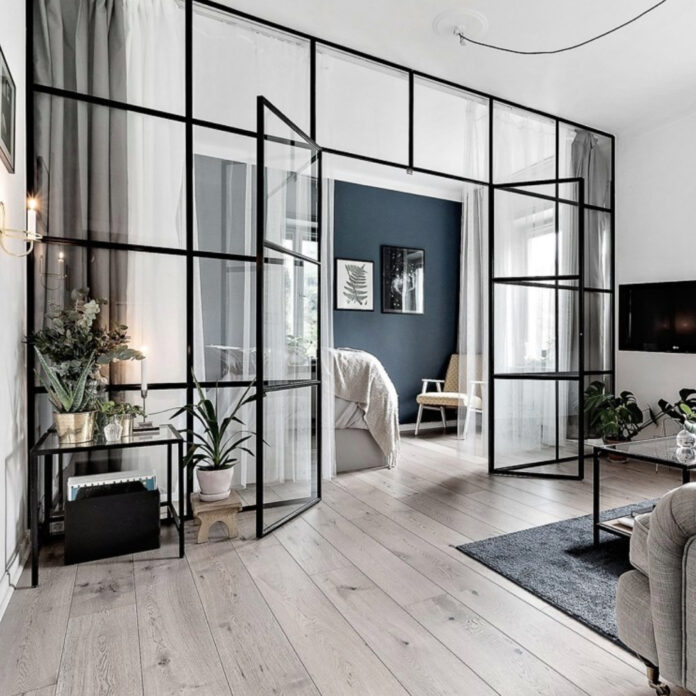The manufacturing of glass partitions has undergone significant advancements, driven by the demand for more innovative, sustainable, and versatile products. These technological improvements not only enhance the quality and functionality of glass partitions but also align with contemporary design and environmental needs. This article explores the latest technologies in the production of glass partitions.
Smart Glass Technology
One of the most notable innovations in glass partition manufacturing is the development of smart glass. This technology allows glass to change its properties, such as transparency and opaqueness, with the flick of a switch. Smart glass uses liquid crystal or electrochromic technology to offer instant privacy while maintaining a modern aesthetic. It’s particularly popular in office spaces and modern homes for its ability to dynamically alter the appearance and function of a space.
Improved Safety with Tempered and Laminated Glass
Safety remains a top priority in glass manufacturing. The use of tempered and laminated glass has become more sophisticated, enhancing the safety of glass partitions. Tempered glass is heat-treated to be more durable and, if broken, shatters into small granules instead of sharp shards. Laminated glass, with its interlayers of plastic or resin, holds the glass pieces together upon impact, reducing the risk of injury.
Energy-Efficient Glass
Energy efficiency is a key focus in modern manufacturing, and glass partitions are no exception. Innovations in glass coatings and treatments have led to the development of energy-efficient glass that can help regulate indoor temperatures. This type of glass reflects or absorbs heat and can also filter harmful UV rays, contributing to a more sustainable and cost-effective environment.
Acoustic Insulation Technologies
In response to the need for quieter living and working spaces, manufacturers have developed glass partitions with enhanced acoustic insulation properties. These partitions are designed to reduce noise transmission, making them ideal for office meeting rooms, home offices, and other spaces where sound privacy is important.
Customization and Digital Printing
The ability to customize glass partitions has been greatly improved with digital printing technologies. Now, manufacturers can apply virtually any design, pattern, color, or image onto glass, allowing for personalized and unique partition designs. This technology opens up new possibilities for interior design, making glass partitions not just a functional element but also an artistic one.
Environmental Considerations in Manufacturing
The environmental impact of glass manufacturing is being addressed with new technologies. More companies are using recycled materials in their glass production and are focusing on environmentally friendly manufacturing processes. This shift not only reduces the carbon footprint of glass partition production but also aligns with the growing consumer demand for sustainable products.
Conclusion
The advancements in glass partition manufacturing reflect a combination of aesthetic, functional, and environmental considerations. From smart glass technology to improved safety features, energy efficiency, and customization options, these innovations are setting new standards in the industry. As technology continues to evolve, we can expect glass partitions to become even more integral to modern architecture and interior design, offering solutions that are both innovative and in tune with the needs of contemporary spaces.

